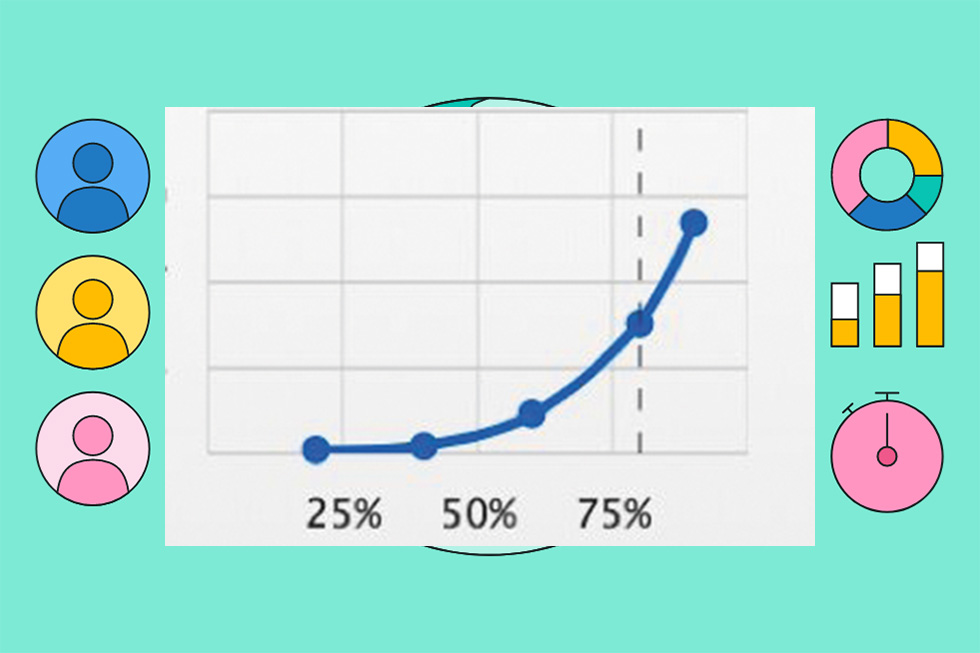What do Kim Kardashian, Armando Roggio, and your neighbor have in widespread? They’re all influencers.
Influencer advertising and marketing is the digital equal of word-of-mouth promotion. Inside ecommerce, we are able to phase influencers into three classes: celebrities, authorities, and friends.
3 Sorts of Influencers
Celebrities. Most customers assume an influencer is a star. Movie star influencers are aspirational as a result of they promote what others would possibly aspire to. Thousands and thousands of Gen Zs (below age 25, roughly) and Millennials (ages 25 to 40) mannequin their purchases after Kim Kardashian, for instance. They need the identical make-up, meals, and clothes.
Aspirational influencers are normally costly and correlate with viewers measurement — the bigger the extra expensive, particularly for mega audiences of fifty million or extra followers. I’ve seen charges of $500,000 and extra for audiences of that magnitude.
For ecommerce retailers, the sensible concerns to utilizing celebrities rely upon how broad of an enchantment a services or products carries, in addition to threat tolerance. Gigantic audiences imply unfastened concentrating on. That is why you’ll see Kim Kardashian, with 219 million followers on Instagram, selling Uber Eats and different generic classes, as a big phase of her followers will presumably discover them helpful. Area of interest merchandise with a slender focus usually expertise a poor return on funding with aspirational influencers.
The chance has to do with spending the cash (or, in some instances, a share of an organization) within the hopes a single voice will drive response. To make sure, celebrities can have a huge impact. However they don’t seem to be for the faint of coronary heart and past the attain of most ecommerce retailers.
Movie star influencers equivalent to Kim Kardashian provide large audiences — and a excessive threat to retailers. Kardashian has 219 million followers on Instagram.
Authorities. Authority equates to experience. Armando Roggio, Sensible Ecommerce’s longtime senior contributor, is an authority. He has written almost 300 articles and hosted many dozens of webinars. He’s additionally a service provider, marketer, and internet developer. He’s an ecommerce skilled.
Readers of Armando’s work belief his opinions.
There’s a caveat, nevertheless, with authoritative influencers. The profession’s price of belief may be misplaced rapidly if their credibility is questioned. Thus authoritative influencers need to be exceedingly cautious within the services they vouch for. Like movie star influencers, buying the affect rights of authorities may be costly, though lower than celebrities. Furthermore, the danger of utilizing authorities is decrease as their audiences are extra aligned with the promoted services.
Friends, micro-influencers, nano influencers — all are arbitrary names for the most typical sort of ecommerce influencer. They’re greatest understood within the context of your neighbors. Say you bought a Tesla as a result of Kim Kardashian did. That’s aspirational. However what if all your neighbors purchase a Tesla? No matter how you are feeling in regards to the product, you’re seemingly going to surprise what they know that you simply don’t. Peer influencers are the digital equal of maintaining with the Joneses and recognizing the belief we put within the opinions of these we all know.
Peer influencers are usually the least costly and the simplest to check. The price is as little as $10 for influencers with fewer than 1,000 followers.
Peer influencers are usually the least costly and the simplest to check. On this instance, “utterly.maginlee,” a Los Angeles-based mom with roughly 16,000 followers on Instagram, promotes a linen model.
Ecommerce retailers will usually create campaigns utilizing an mixture of peer influencers after which apply filters equivalent to geography, curiosity, community, variety of prospects, and different variables.
Peer influencers carry a a lot decrease threat. A 50-million viewers made up of fifty,000 peer influencers has the next likelihood of success versus a similar-sized viewers from one individual. Spreading the danger and paying much less is why ecommerce manufacturers have flocked to look influencers.
See “Half 2: Why Use It?“











